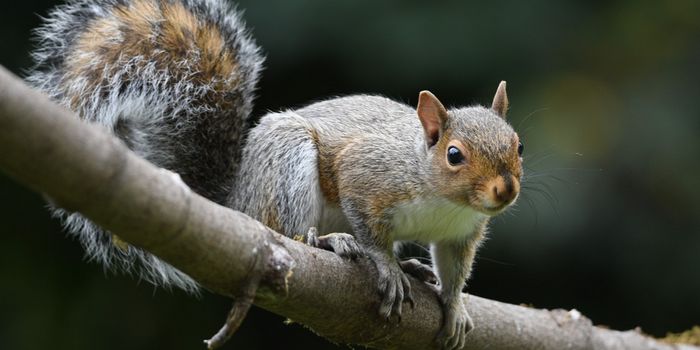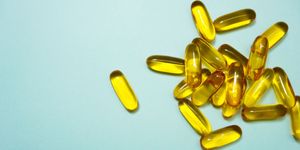A Plant Prized by Ancient Greeks and Romans, Once Thought Extinct, May Have Reappeared
In its heyday, silphion, a gold flowering plant, was about as valuable as gold. This heyday, of course, was in antiquity. Treasured by both Greeks and Romans alike, they found several uses for it that made it a highly coveted natural product, with uses in medicine, cooking, and personal hygiene, such as perfumes. It was even thought to have aphrodisiac properties.
But then, one day, it appeared to have disappeared from all accounts in antiquity. The once treasured plant had simply vanished. Even into the Middle Ages, humans had sought the ancient plant around the world, to no avail. While it’s not entirely clear what caused the disappearance of this plant, some people chalk it up to human excess and what can happen when human consumption becomes excessive and greedy. In other words, some think that humans themselves consumed the plant into extinction.
A researcher at Istanbul University may have found this long forgotten plant, nearly 1000 miles from where it initially grew in the Mediterranean.
The initial encounter with silphion occurred in the 1980s, when Dr. Mahmut Miski, a professor who studies pharmacognosy, or medicinal products taken from natural sources, happened upon a plant with extraordinary medical properties. It wasn’t until later that Miski started to draw connections between the plant he’d found in field research (which turned out to be Ferula plants, which have potent health properties) to this ancient prized crop of silphion: for example, Ferula produced a similar resin and it appeared to grow rapidly after rain (ancient texts suggested that silphion would appear suddenly after rainfall).
Miski has even published a paper on these Ferula plants, showing that many of the Ferula plant characteristics (such as the gum-like resin the plants produce) show some kind of connection to the long-lost silphion plant. The study is a conservation study to better understand what might have happened to silphion centuries ago.
The only way to know for sure, however, is if researchers could find silphion from the ancient world with which to compare the Ferula plant to.
Sources: National Geographic; Plants








